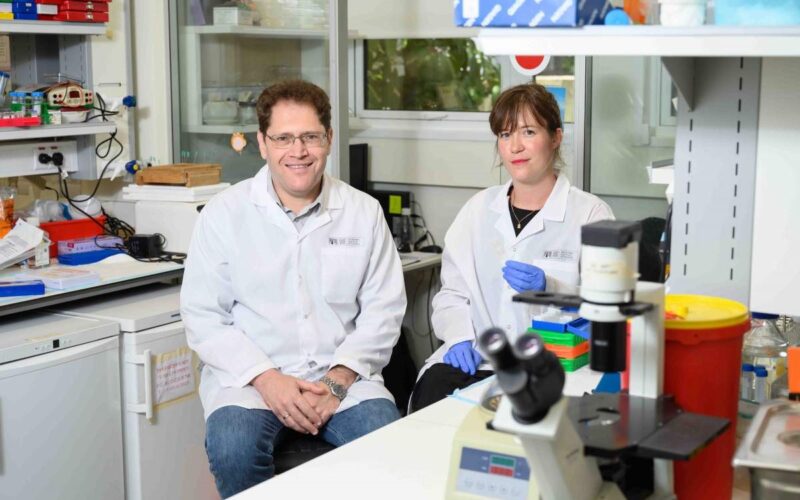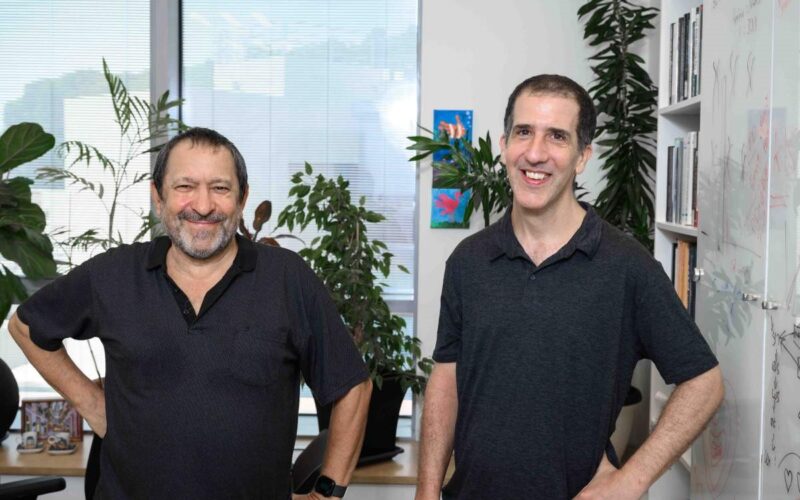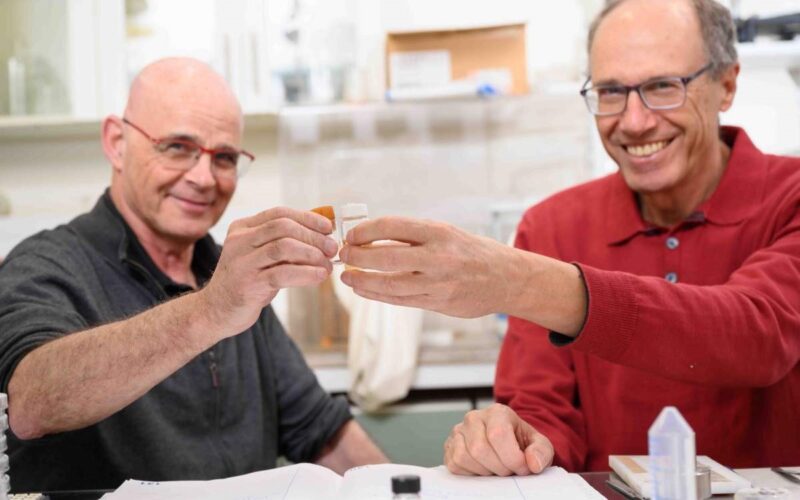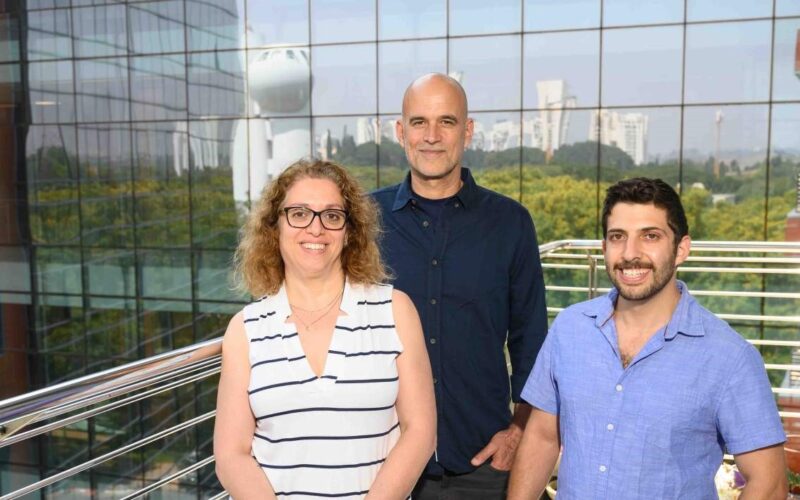
August 9, 2023
Researchers at the Weizmann Institute of Science have identified a biomarker that may one day enable a subgroup of lung cancer patients to benefit from relapse-free treatment.
Non-smokers who develop lung cancer can be treated effectively with new drugs, but their tumours refuse to surrender without a fight. The drugs stop working in the long term because the tumours acquire secondary mutations that allow them to evade the medications’ therapeutic effect.
In the research published today in the journal Cell Reports Medicine, Weizmann investigators report findings that may lead to relapse-free treatment for a sizeable subgroup of lung cancer patients. In a study in mice, the scientists have identified a biomarker that may help physicians select lung cancer patients who can be treated with a single antibody-based drug that is likely to bring about full remission, without cancer relapse.
“We have found a potential biomarker that may change the way patients with lung cancer are treated worldwide,” said Professor Yosef Yarden of Weizmann’s Immunology and Regenerative Biology Department, who led the study.
“Similar to how the presence of BRCA mutations predicts how breast and ovarian cancer patients will respond to drugs, the new biomarker might make it possible to match some lung cancer patients with the specific medication most likely to help them.”
Focusing on the mutations that matter
Most lung cancers are due to tobacco smoking, but the second-largest fraction of cases affects non-smokers, and it’s characterised by mutations in a gene called EGFR.
The current research began when Dr Ilaria Marrocco, then a postdoctoral researcher in Yarden’s lab, reviewed the literature from clinical trials and realised that all patients with EGFR-positive lung cancer were being treated using the same multidrug protocol – regardless of which of the 30 known EGFR mutations were harboured in their individual tumours. These patients eventually developed drug resistance that led to cancer relapse. Marrocco wondered whether, by sorting lung tumours according to specific EGFR mutations, it might be possible to create a more personalised drug protocol and achieve better results.
“Dr Marrocco’s observation inspired us to search for a biomarker that would predict which patients would respond well to therapy, according to the specific mutations they carry,” said Yarden.
The scientists decided to focus on one of the two most common gene variants associated with EGFR in lung cancer: the L858R mutation, in which a single amino acid, out of several hundred, is replaced with another one, at point 858 in EGFR. This mutation occurs in about 40 percent of lung cancer patients whose tumours are characterised by EGFR mutations.
The scientists chose to study L858R because, unlike other mutations that affect EGFR, it has a unique impact on EGFR function.
“Unlike all other mutations, this mutation requires that receptors pair up in the cancer cell membrane, after which, signals instructing the cell to start replicating are sent to the nucleus,” Yarden explained.
“Using a mouse model of lung cancer with the L858R mutation, we discovered that, if this pairing does not occur, it’s like a short-circuit – the signal to initiate cellular replication cannot be sent to the nucleus, and the tumour does not grow.”
The researchers then blocked the pairing by treating the mice with an antibody drug called cetuximab, known by its trade name Erbitux, developed on the basis of research by Yarden and the late Professor Michael Sela. Erbitux has been approved by the FDA for the treatment of colon and head and neck cancers.
“After the treatment with Erbitux, the lung tumours of mice shrank and did not reappear, not even after a long while,” Yarden said.
“These results indicate that, for the large number of human lung cancer patients who have the L858R mutation, a single drug might offer a path toward full recovery, without the devastating phenomenon of cancer relapse.”
The new study also explains why previous attempts to treat EGFR-mutated lung cancer with Erbitux had failed or, at best, produced conflicting results.
“Since new EGFR inhibitors were approved as lung cancer drugs nearly 10 years ago, all patients now receive these anti-EGFR medications, irrespective of the identity and number of their EGFR mutations. They are highly effective for a while, but they permit the emergence of secondary mutations that accelerate cancer relapse.” Yarden explained.
“By the time Erbitux is given, it is usually ineffective because it can work only against certain EGFR mutations. Our study demonstrates the importance of preselecting lung cancer patients who can be effectively treated with Erbitux from the start, based on their mutation profile.”
The scientists say that the next step would be to launch a clinical trial to establish the effectiveness of this treatment for human lung cancer patients, something that will be made easier by the fact that Erbitux has already been approved for treating other cancer types.
In the meantime, Yarden and Marrocco are excited about the potential for their research to eventually have an impact on clinical practice.
“The L858R biomarker could help save lives by offering physicians a way to provide personalised drug treatment for lung cancer patients who carry the relevant mutation,” Marrocco concluded.
Dr Marrocco, the publication’s first author, is currently a researcher in the Department of Life Sciences and Public Health, Università Cattolica del Sacro Cuore, Rome, Italy. Study participants also included Dr Suvendu Giri, Dr Arturo Simoni-Nieves, Nitin Gupta, Anna Rudnitsky, Dr Arunachalam Sekar and Dr Moshit Lindzen of the Weizmann Institute’s Immunology and Regenerative Biology Department; Dr Yuya Haga and Professor Yasuo Tsutsumi of the Osaka University, Osaka, Japan; Dr Donatella Romaniello and Professor Mattia Lauriola of the University of Bologna, Italy; Drs. Mirie Zerbib and Roni Oren of Weizmann’s Veterinary Resources Department; Dr Damon Fard of Università Cattolica del Sacro Cuore, Rome, Italy; and Professor Luca Tamagnone of the Università Cattolica del Sacro Cuore and the Fondazione Policlinico Universitario Agostino Gemelli, Rome, Italy.

Dr Ilaria Marrocco
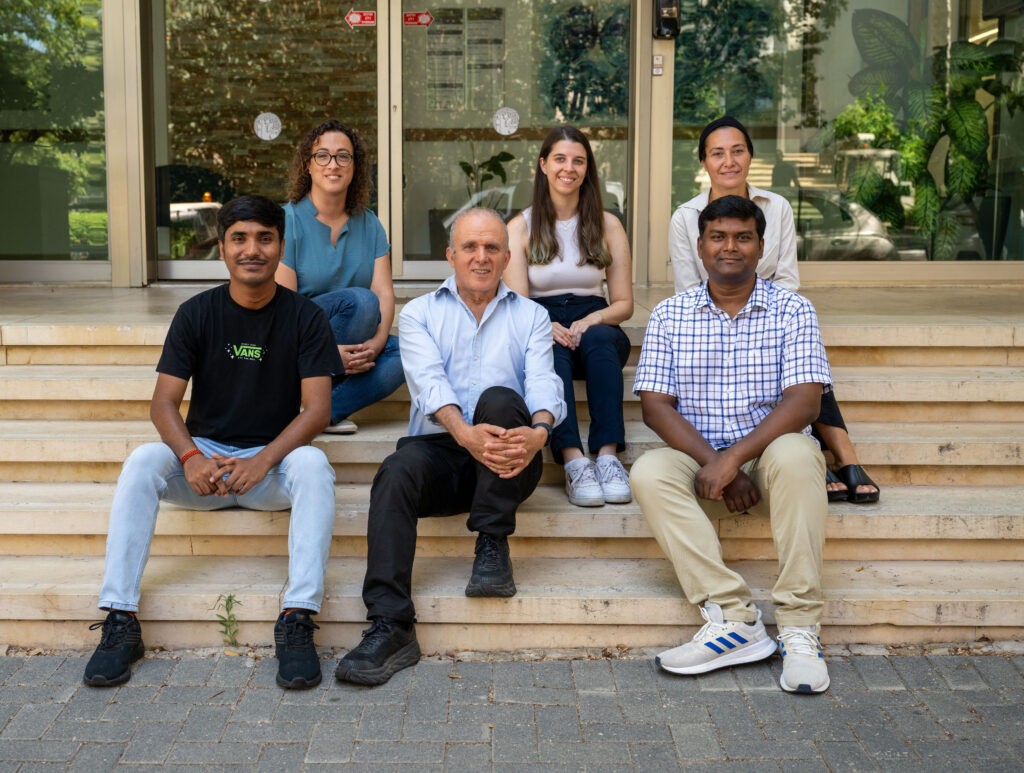
Weizmann’s research team. Back row (l-r) Dr Roni Oren, Anna Rudnitsky and Dr Mirie Zerbib. Front row (l-r) Nitin Gupta, Professor Yosef Yarden and Dr Suvendu Giri

Human lung cancer cells harboring the L858R mutation in the EGFR gene. Cell nuclei are in blue. The red color marks a protein that is present in the cell cytoplasm when the EGFR is active and driving the uncontrolled cell divisions



